Everywhere we look, we keep seeing naturally-aspirated FX’s. Maybe it was because we’ve spent the last few months with one permanently tethered to our trailer this season, and that only makes us more aware of how many are “out there.” Or maybe there’s a really good reason why the FX HO and FX HO Cruiser continue to be two of the highest selling models in all of Yamaha’s lineup. Our jaunt down to the annual Mudbug revealed that among personally-modified supercharged and turbocharged machines, so very many enthusiasts choose to ride the more sedated three-seater. Likewise, attending local group meets revealed the Yamaha to be a favorite among recreational riders. It was like finally being let in on a well-known secret. Owning one admitted us to a secret society far larger than expected.
It would be disingenuous to label the 2016 Yamaha FX Cruiser High Output (HO) WaveRunner thrilling, especially in light of its more aggressive and/or nimble siblings, but the 180-horsepower normally-aspirated DOHC four-cylinder 4-stroke permits plenty of grunt to push the 831-pound (dry weight), nearly 12-foot-long (140.2-inches) runabout to a top speed of slightly above 60 mph, and do so without being sluggish, overburdened or wheezing. Equipped with a 155mm axial-flow jet pump, the FX HO rises to plane quickly when prodded above 15mph. The fly-by-wire throttle control provides cable-realistic resistance yet isn’t tiring like true cable-controlled throttles of years passed. Sharing the same hull design as the supercharged SVHO models, yet differentiated by the heavier NanoXcel (version 1.0) material instead of the lighter NanoXcel2, the HO could benefit from a diet.
All that being stated, the FX HO does not earn its widespread praise for breakneck speeds, but rather, its general pleasant demeanor and attention to comfort. Where the HO might lack in brute aggressiveness, it excels in frugality and posture: fuel consumption is industry-leading, almost being a figure hotly contested as say top speeds from drag racers. Many reports from long hauling cruisers boast over 130-miles in a single fill of its 18.5-gallon tank with 87 octane. So aware of the machine’s miserly fuel consumption that Yamaha included multiple settings to document fuel rate, average speed and the like (available through the in-dash “multi-function instrumentation panel”). Only once did we ever dip below the low level mark, igniting a chime alerting us. Nevertheless, we continued riding a full 45 minutes with the second-to-last bar never moving.
Because of our above average height (6’2″), we’ve often criticized heavily bolstered seats like Yamaha’s Cruiser bench for forcing us uncomfortably close to the (full descended) handlebars. This time, conspicuously enough, such was not the case. As we did so much of our riding with two or three riders, the Cruiser seat’s positing proved quite natural. Yamaha has mastered the right level of cushion needed to be both insular without feeling overstuffed. No excessive engine or drivetrain vibration could be felt, and the sheen of the canvas never grew too hot to touch. We noted that the saddle is wide, which can grow tiring over long distances particularly for older riders, even with the knees pinched inward. Beneath the third passenger cushion is Yamaha’s now common-across-all-runabouts screw-top watertight storage and removable bin. Curiously, this isn’t an industry standard yet.
Continuing the topic, we’ve found ourselves growing to use the in-dash watertight storage cubby (ideal for phones, keys and wallets) more than even the traditional glovebox. That too, is surprisingly praiseworthy as it is deep enough (even with the preformed styrofoam cup holders) to hold a large bottle of spray sunscreen vertically, something which prior to the 2016 ErgoLock-equipped Sea-Doo 3-seaters, was impossible for both Sea-Doo and Kawasaki models. Even the single in-dash cup holder is useful, but we find only with low-profile bottles and only with containers filled half way-or-more, as wind and turbulence will quickly toss your near-emptied drink into the water. Lastly, the “wet storage” on the swim step is ideal for ropes, wet shoes or other items that will naturally drain while air circulation keeps said items from molding.
Bow storage is accessed by a single latch on the hood, opening to an ample bin. In all, the FX Cruiser HO wields 33.2-gallons of storage space. We wondered if our demo unit was an isolated incident, but found many owners who critiqued the FX’s hood latch. A sharp jolt while on the trailer unlatched our WaveRunner’s hood (and we didn’t notice it until several miles later). While technology and violence are unfriendly bedfellows, we found ourselves needing to slam the hood multiple times to get it close firmly. Without an eye to adjust for the hook, we were left abusing the hood above the latch. Otherwise, we found little to zero fault with a machine that operated as smoothly as a Swiss watch. From cold start ignitions, to tallying up several hours’ worth of riding in a single sprint, the FX Cruiser HO delivered.
With a runabout that runs so smoothly, we ventured into familiarizing ourselves more with Yamaha’s Cruise Assist and No Wake Mode functions. As is with all three OE manufacturers, setting the cruise control is a two-handed affair. But once set, the toggles are responsive and easily inputted. In our most recent ride, we maintained a steady 35mph. Cruise Assist is set via the TPS (Throttle Positioning Sensor), not the actual speed, as even leisurely turns dipped our Yamaha into the teens before picking up speed again. And, for those unfamiliar, the throttle must be engaged at all times to operate Cruise Assist. You cannot let go of the throttle lever without disengaging the function. It’s a basic safety measure to make sure that the driver’s hands are always on the steering. Of course, this is the entire premise behind Yamaha’s braking and reverse RiDE system, which shines best when docking as the thrust-directional bucket lets you inch in rather than slamming into the dock.
Fatefully, we’ve come to understand why the 2016 FX HO and Cruiser HO remain two of Yamaha’s hottest sellers. Priced at $13,599, it is a well-equipped machine for the rider looking for comfort, fuel economy and stability. Although our unit was wrapped in the far flashier Pure White with Electric Green (an unspoken ribbing to those Kawasaki loyals looking for a similarly equipped-yet-non-existent Ultra model), we find the more subtle Black Metallic with Slate Blue Metallic a little more “adult.” We’ve got this test unit for another month, so we’re sure to see it pop up in future articles as well.





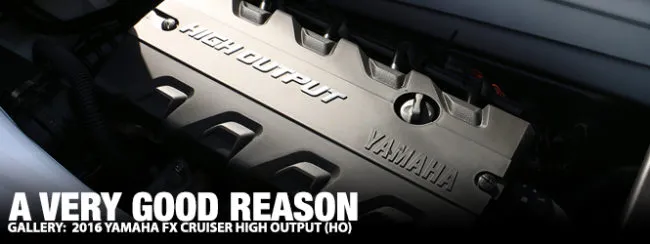
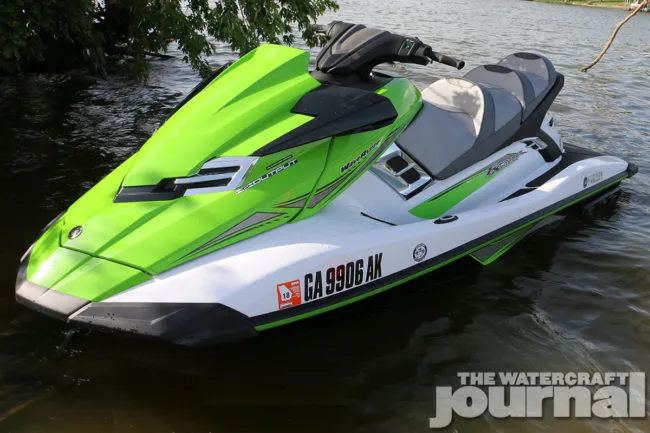

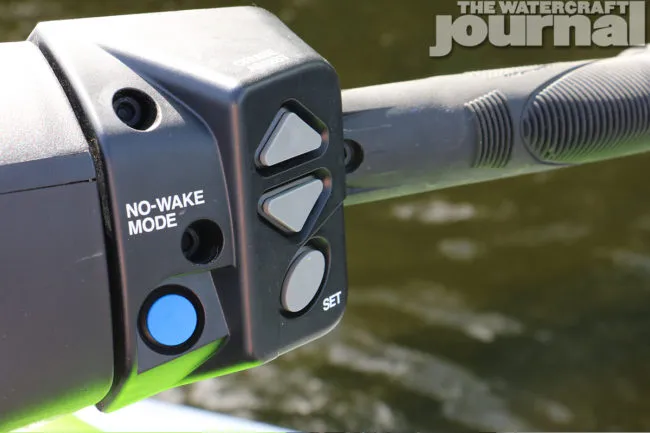
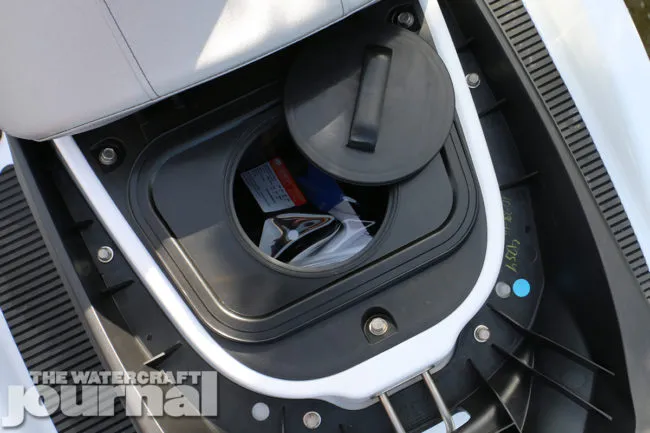
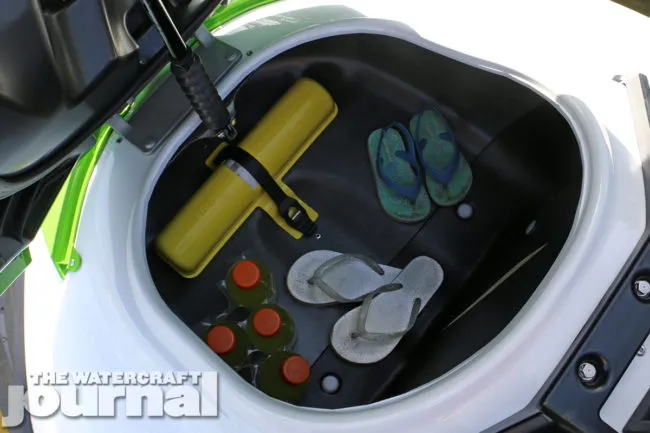
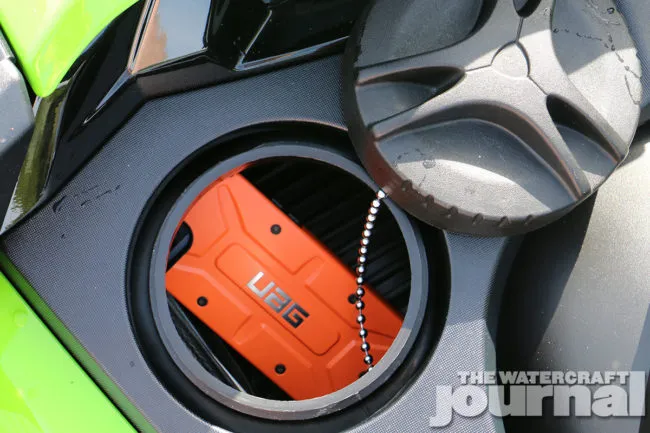
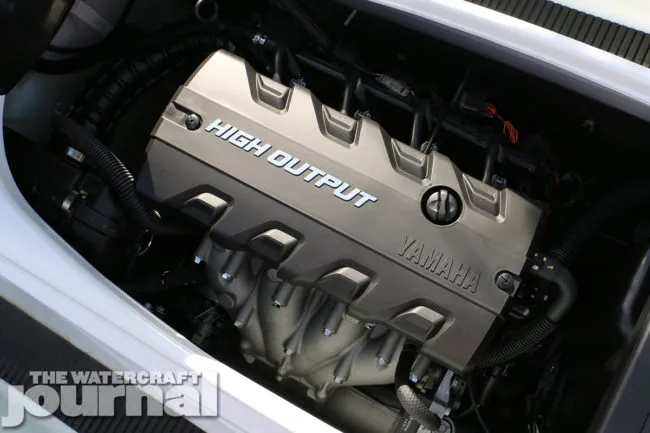
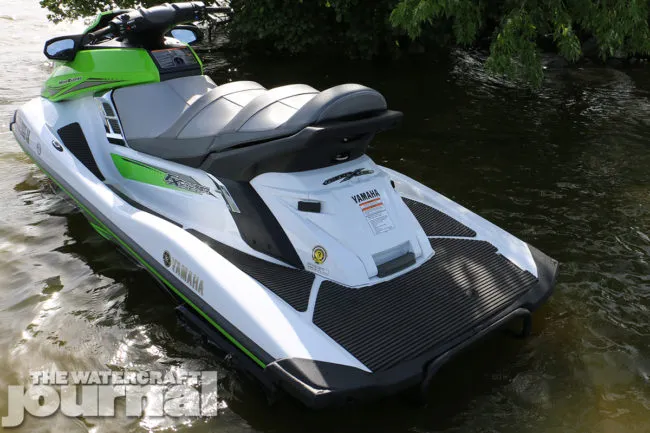
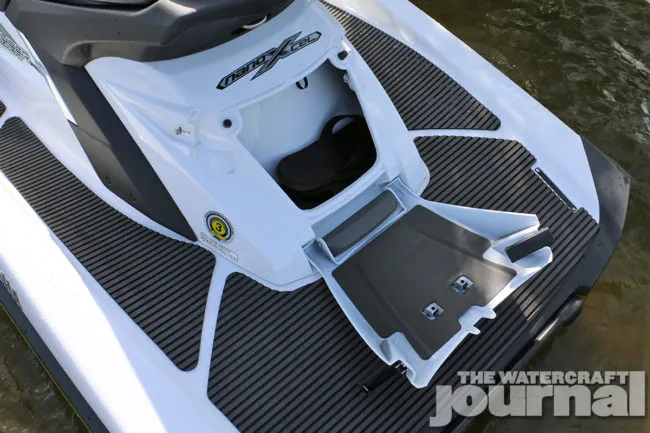
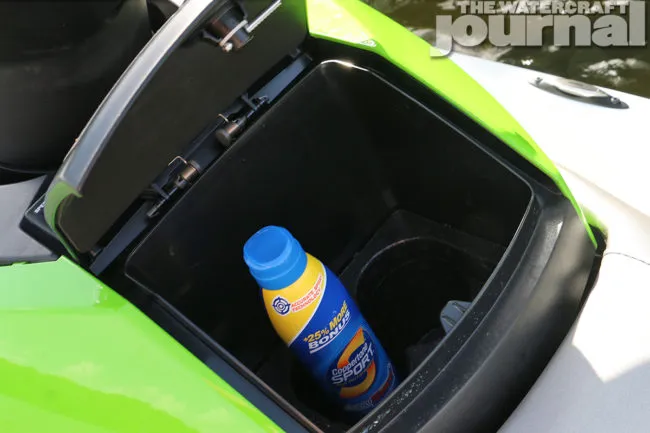
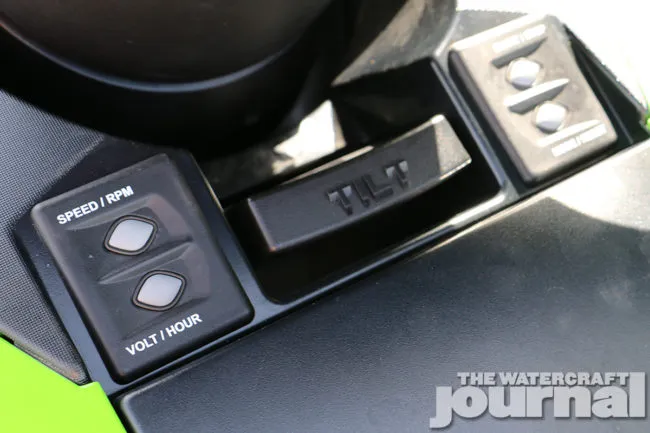
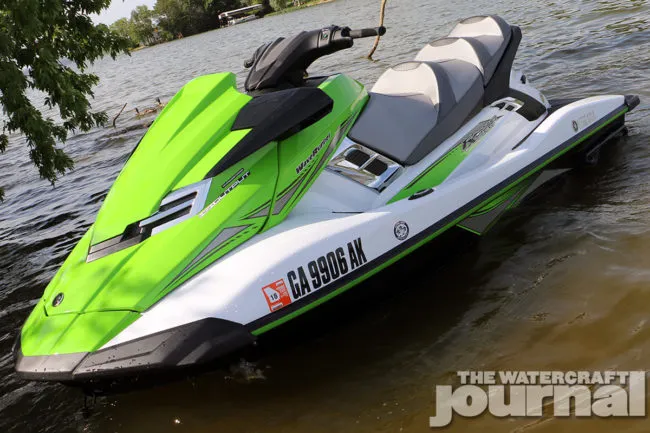
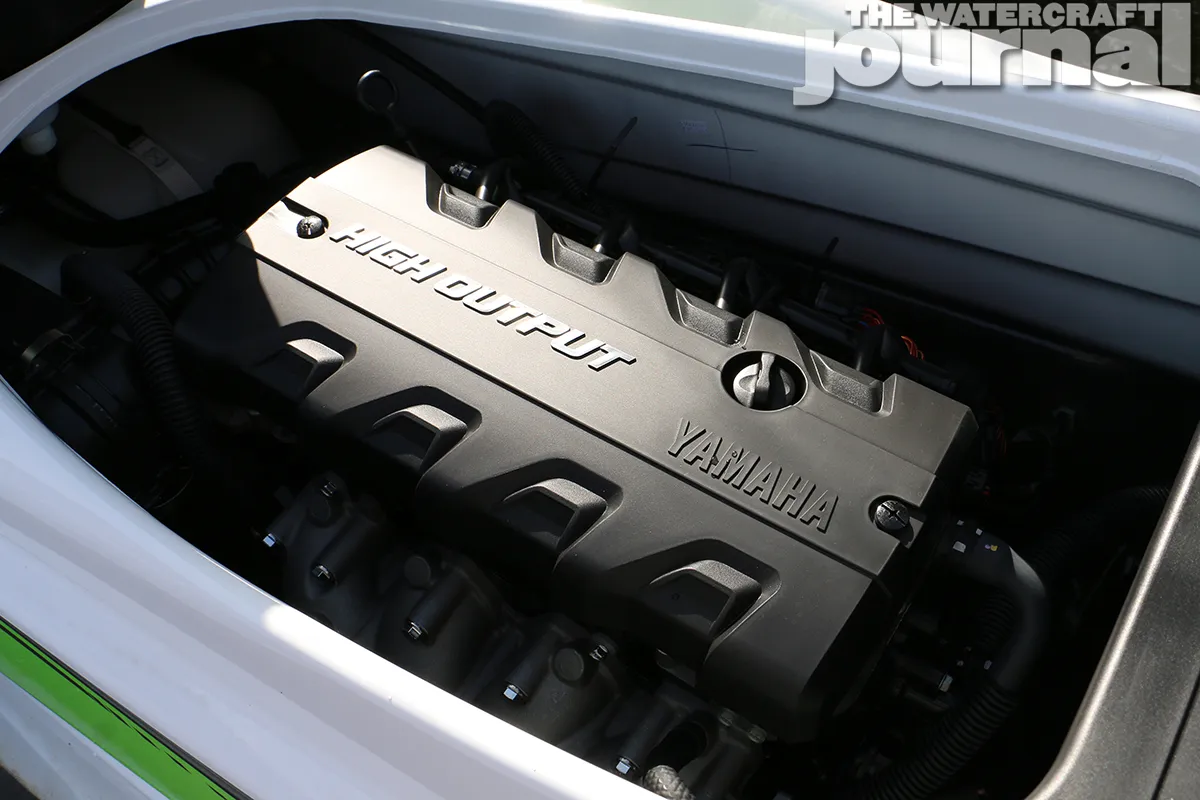
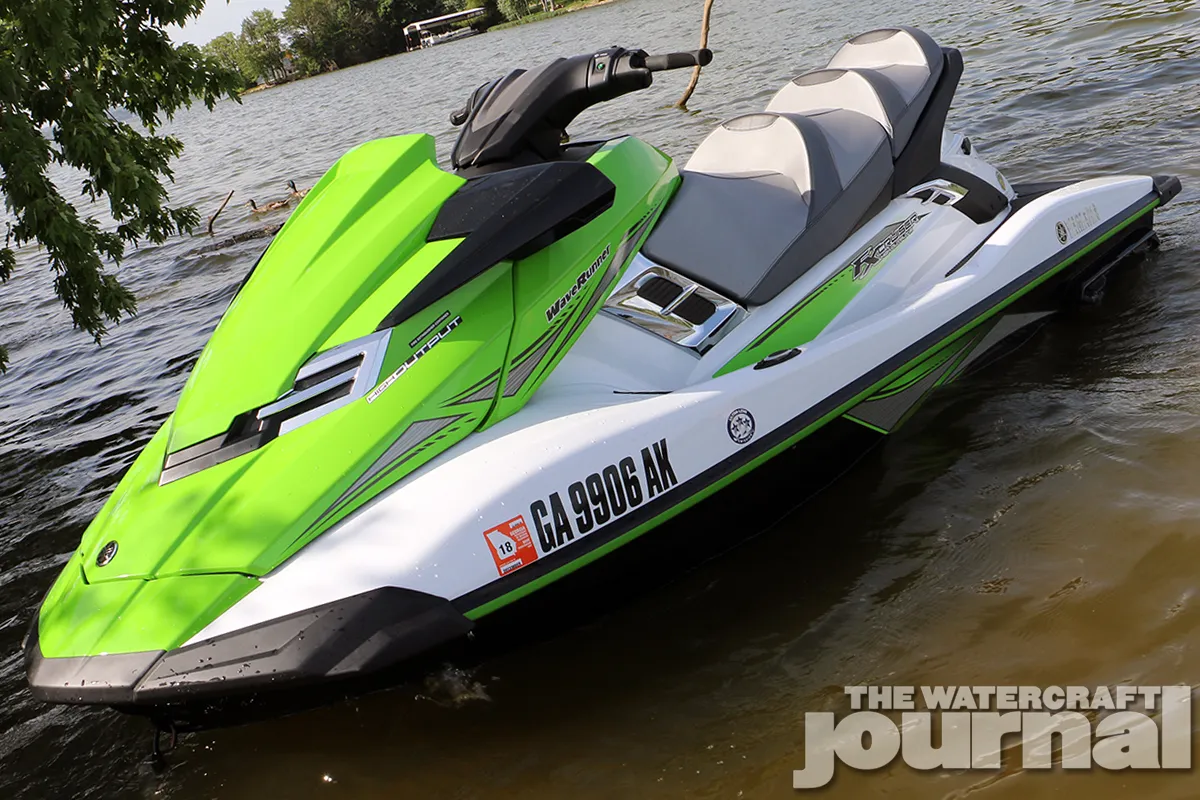



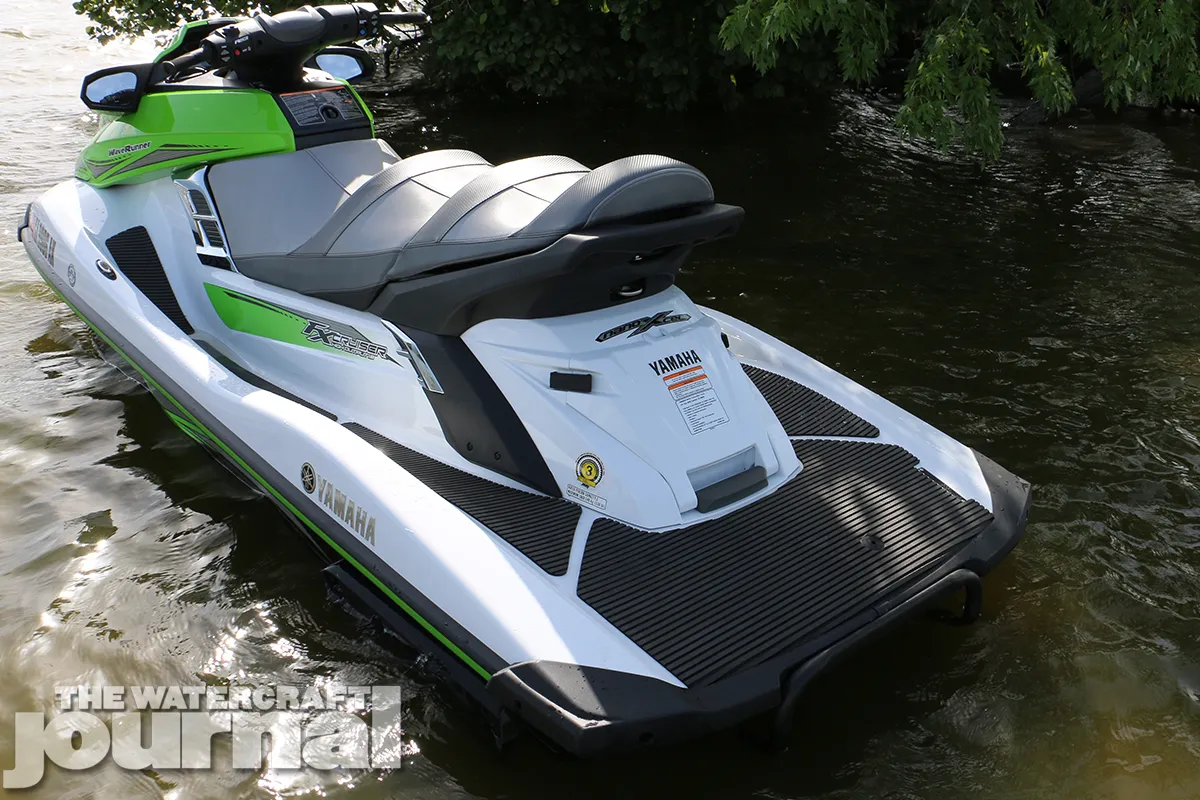
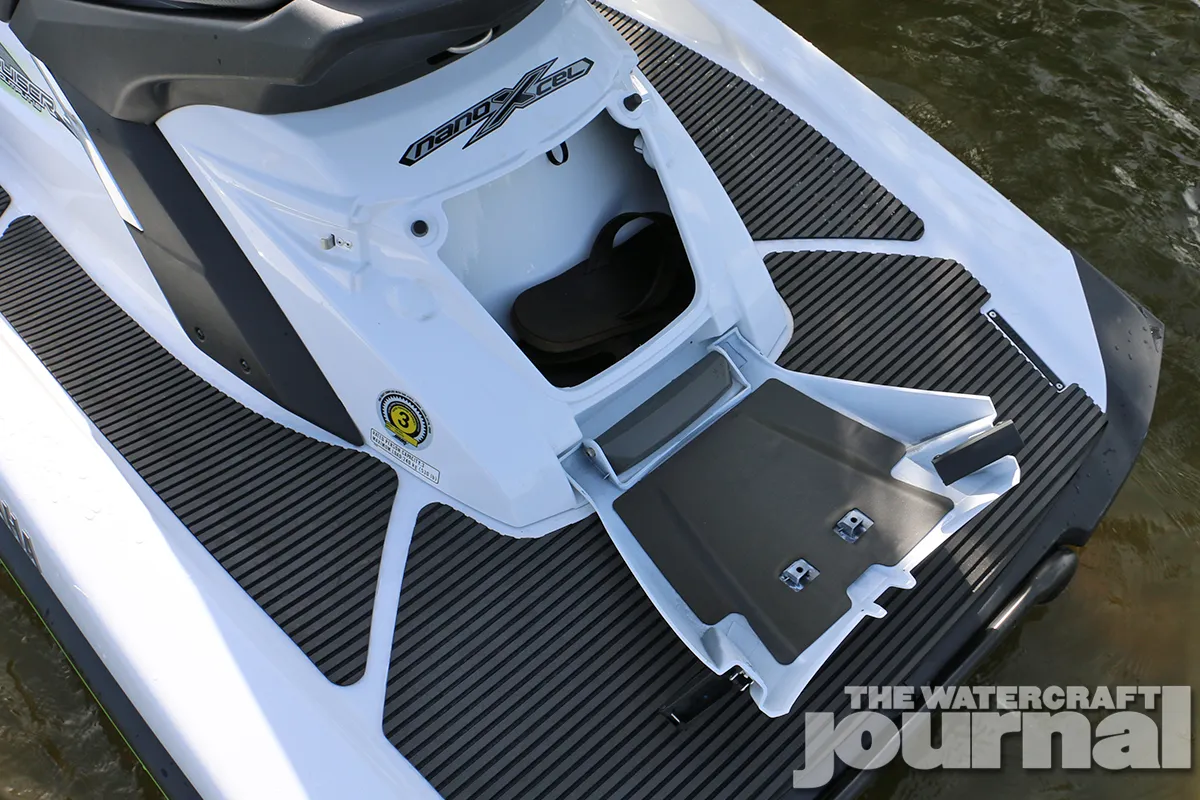


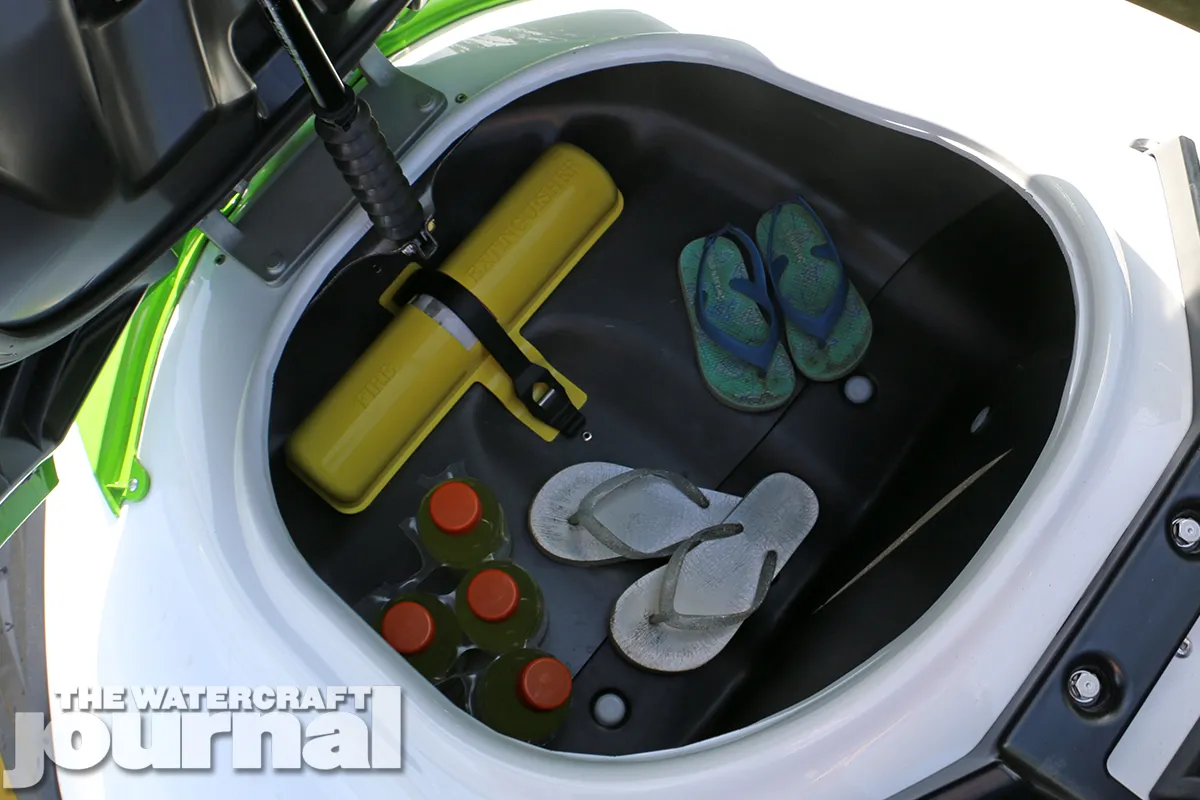





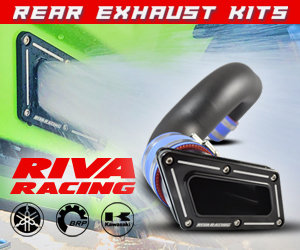

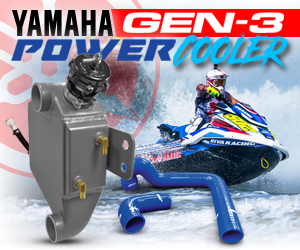
Kevin….When I purchased my 14 FX HO Cruiser, I rarely saw another one on the water. Oh how times have changed.
I would say I not the average rider..I don’t ride in circles of 10 miles. I cruise and tour the waterways of Tennessee and Kentucky. Average ride 165 miles. The FXHO just does it better than most.
Recently rode a club ride from Bledsoe Creek to Ohio River …first fuel stop after pushing 50 mph most of the way the FXHO took the least amount of fuel. It even shocked me. There was a 130 Sea Doo a Kawasaki Ultra NA and the rest were SHO’s & SVHO ‘s . The economy wasn’t even close. I took 2.5 gallons less than the Sea Doo 130…
That’s why the FXHO shines and the ride is better than most. I’ve had 200 hours of just maintenance riding and look forward to the next 200.
This 2017 model may very well be my next purchase. that is of course if i don’t just stick with what i have. currently have a rebuilt ’98 XL760 and rebuilt 96 GTX. both are very good units and are paid for but the urge to get a new one is strong.